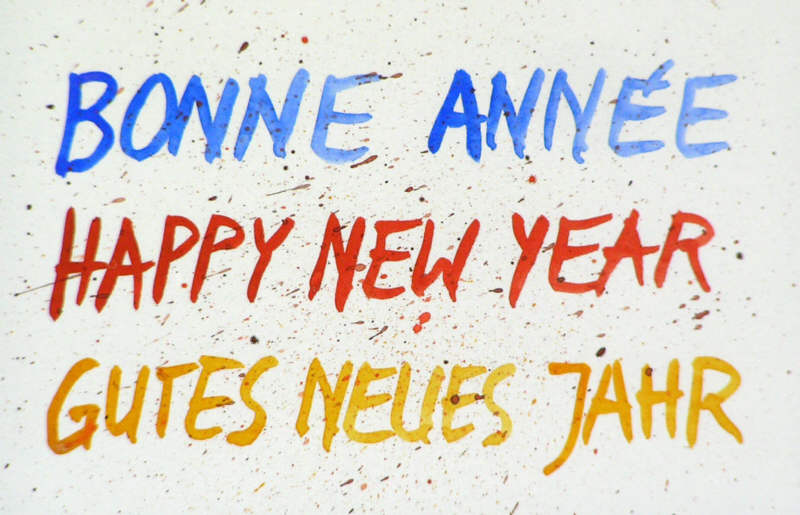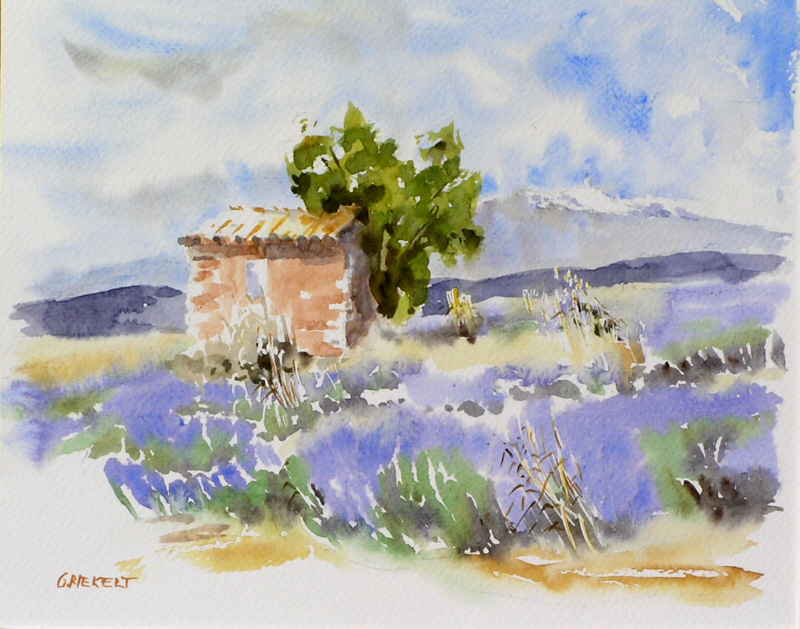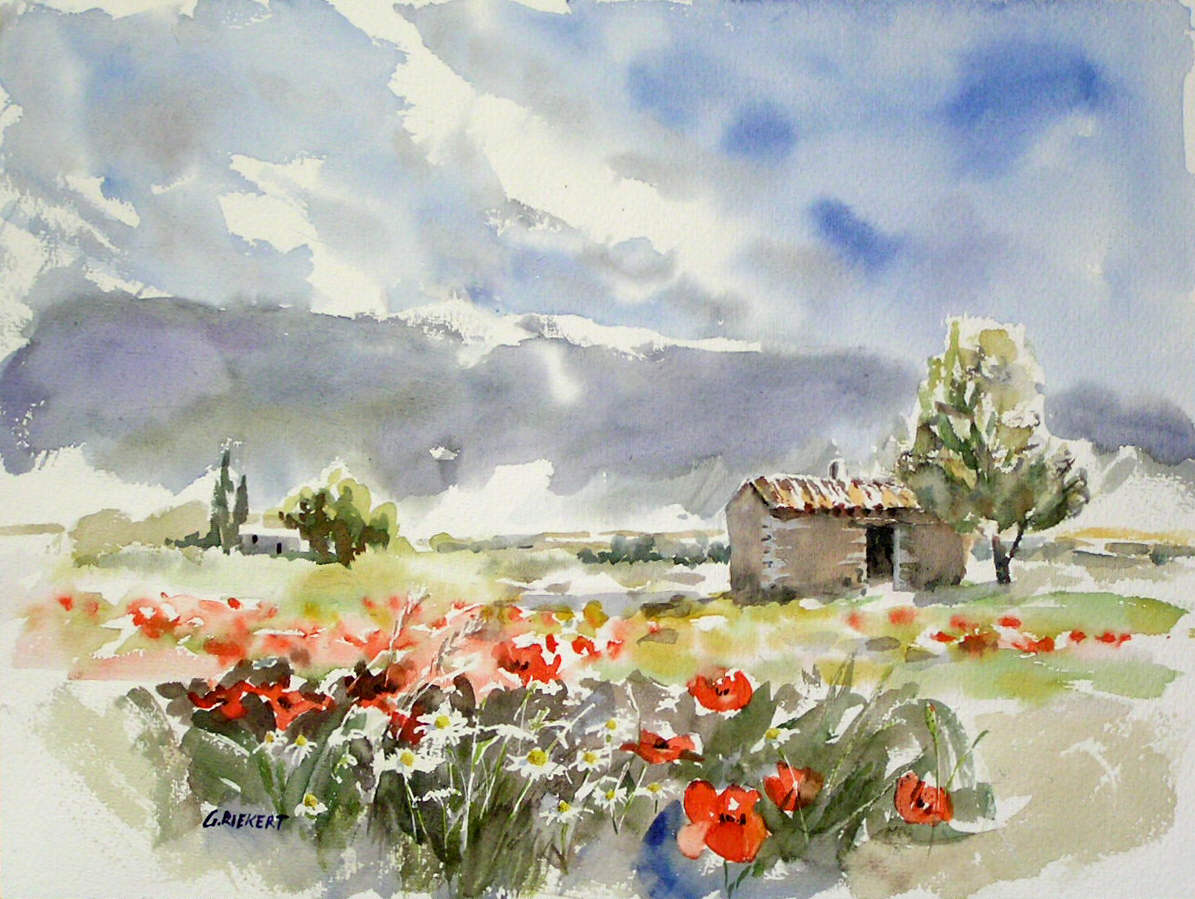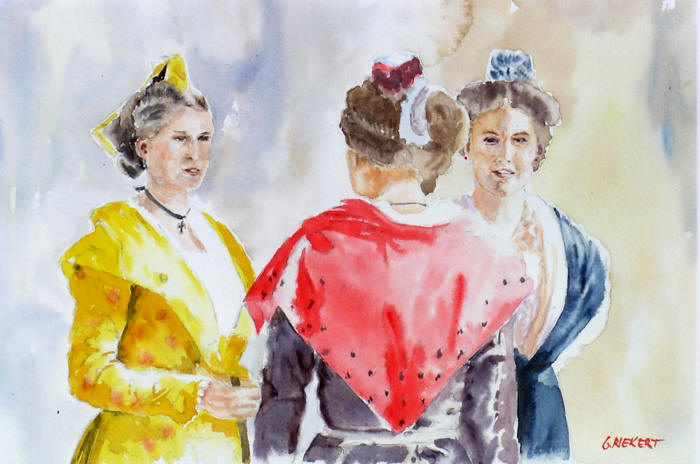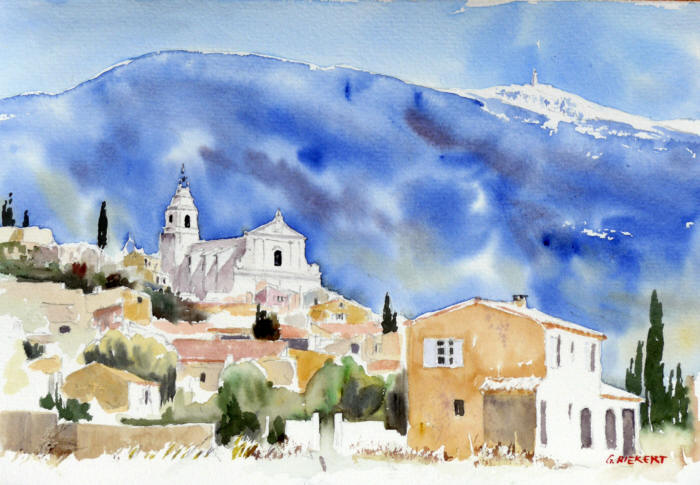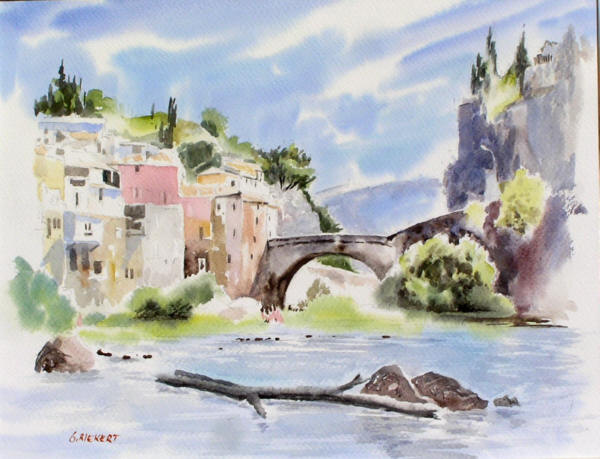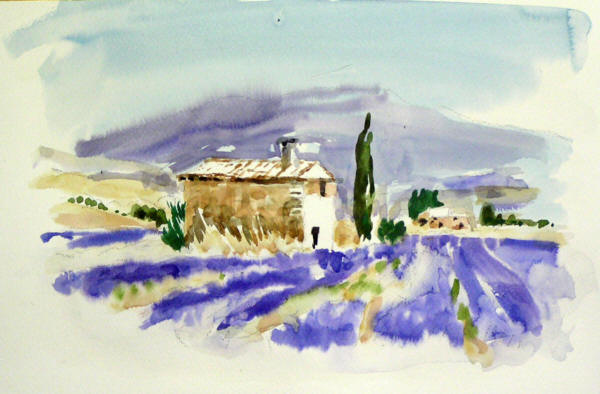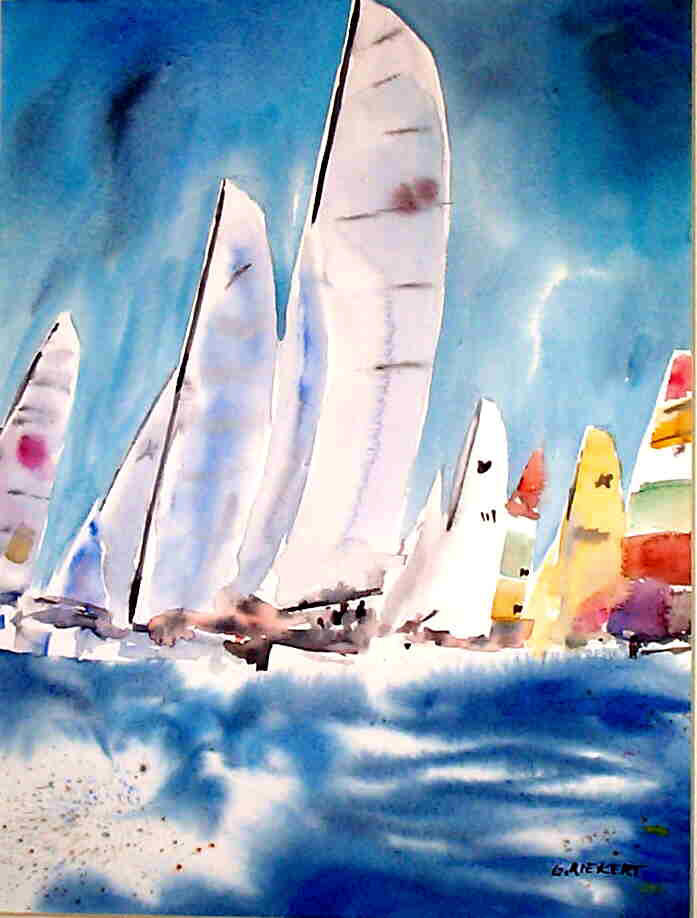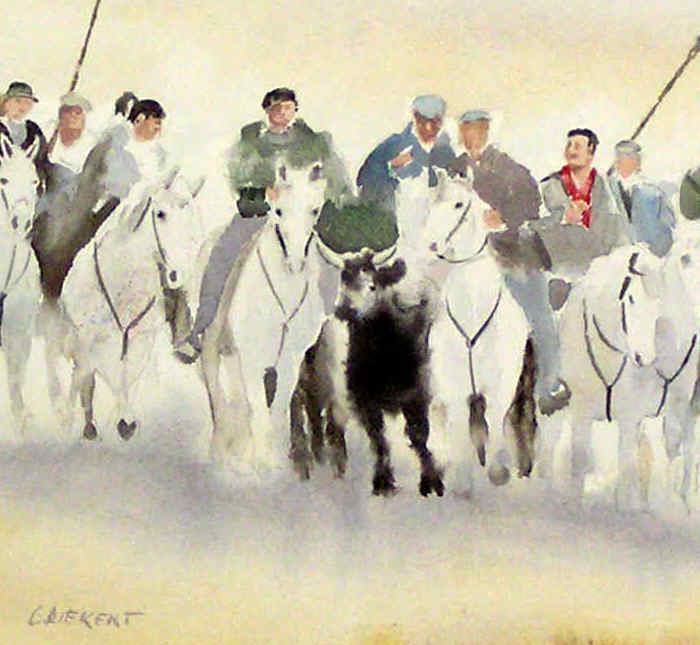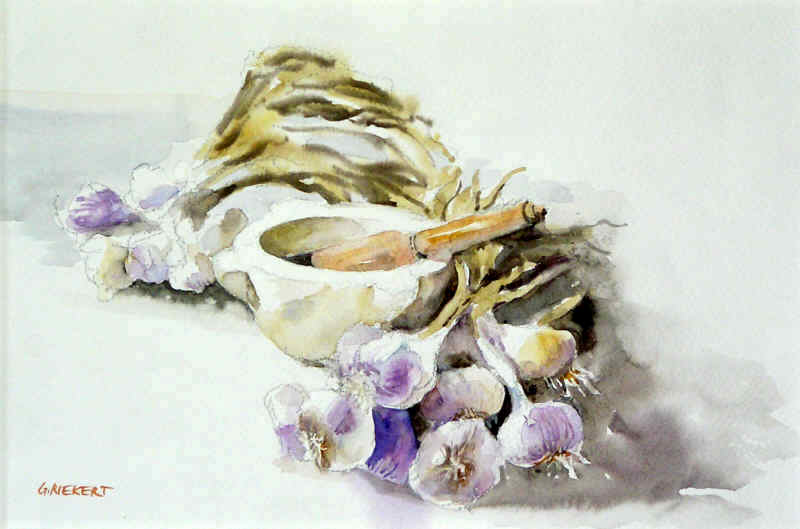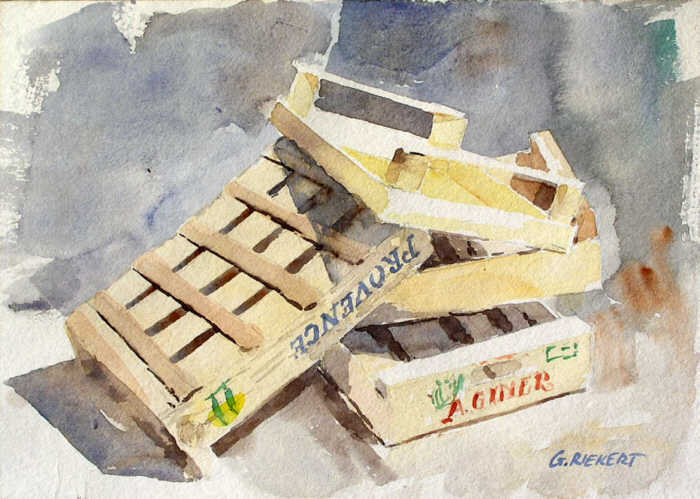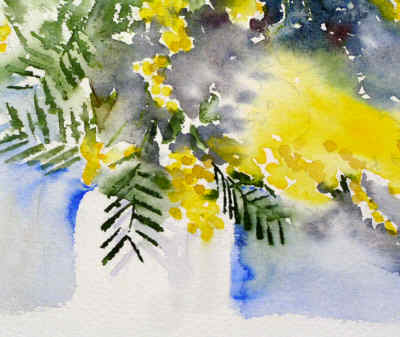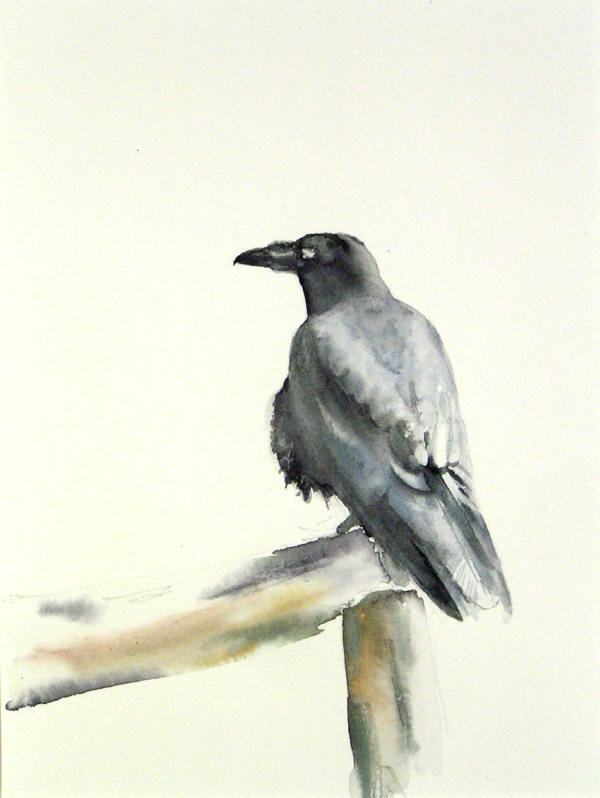Redondance – Redundancy – Redundanz
05 January, 2009
La perception visuelle est un processus complexe de traitement d’information optique fourni par l’œil. Le cerveau compare continuellement cette information avec la collection de données enregistrées préalablement, une sorte de reconnaissance de formes. Pour l’identification d’un objet le cerveau reçoit souvent plus d’information que nécessaire. Ce fait est nommé « redondance » et en peinture elle joue un rôle important pour « l’événement visuel ». Dans les prochaines publications je vais en parler en détail.
Visual perception is a complex processing of optical information provided by the eye. The brain is continuously comparing this information with already recorded data, some sort of pattern recognition. To identify an object the brain often receives more data than necessary. This is called “redundancy” and in painting this plays an important role for the “visual event”. In the following posts I will explain more about it.
Visuelle Wahrnehmung ist ein komplexer Verarbeitungsprozess der Informationen, die das Auge liefert. Im Gehirn werden diese Informationen ständig mit bereits gespeicherten Daten verglichen, eine Art Strukturerkennung. Um ein Objekt zu identifizieren, erhält das Gehirn oft mehr Informationen als nötig. Dies nennt man „Redundanz“ und diese spielt in der Malerei eine wichtige Rolle für das „Wahrnehmungsereignis“. In den folgenden Beiträgen werde ich näher darauf eingehen.
Un exemple – an example – ein Beispiel:
Image 1: impossible à identifier – impossible to identify – unmöglich zu identifizieren.
Image 2: encore difficile a deviner – still difficult to guess – immer noch schwierig zu erraten:
Image 3: malgré un manque d’information le sens est évident – inspite of missing information the meaning is clear – trotz fehlender Information ist der Sinn nun eindeutig:
Image 4: L’image complète confirme – the complete image confirms – das komplette Bild bestätigt unseren Eindruck.



